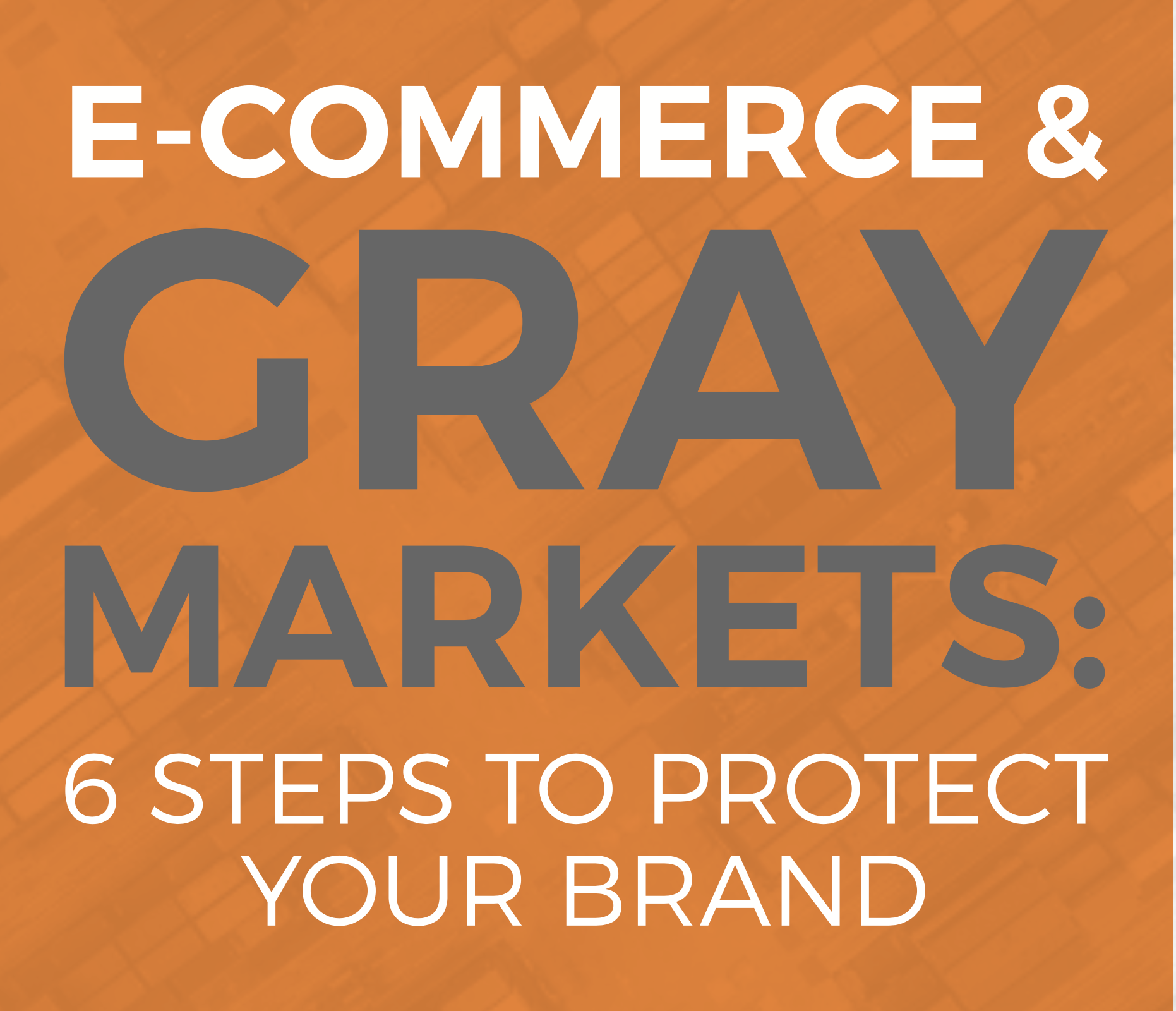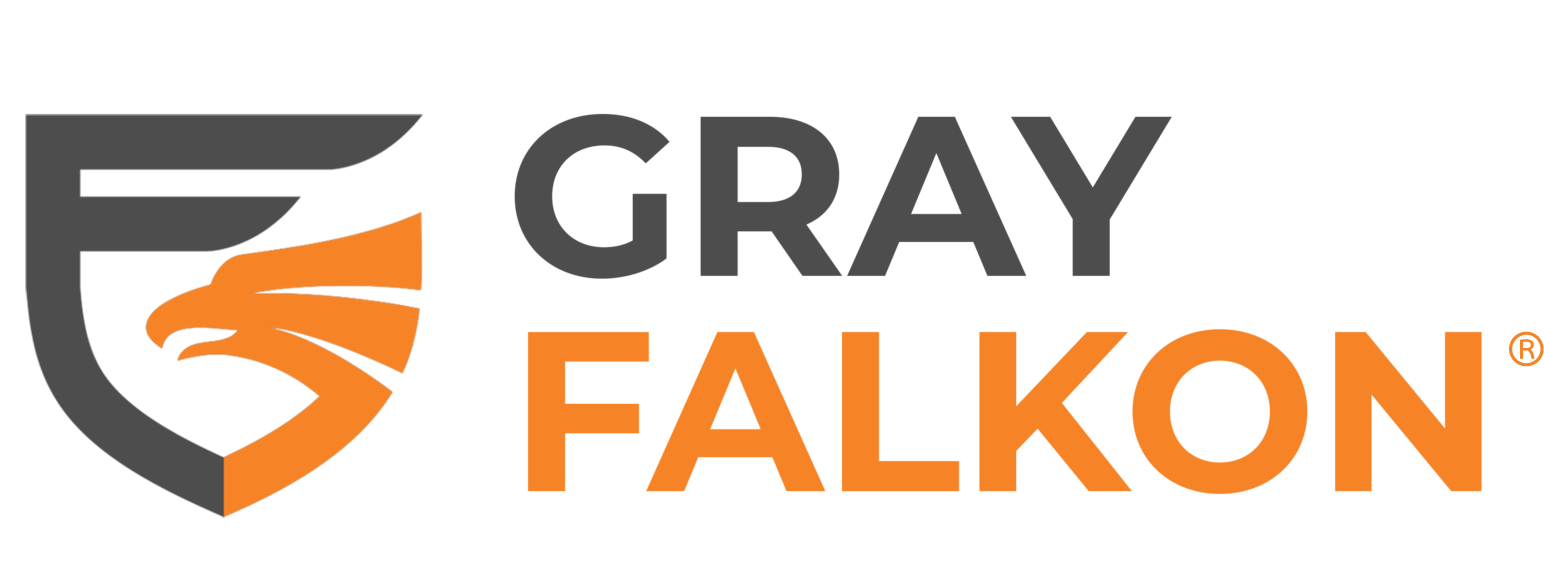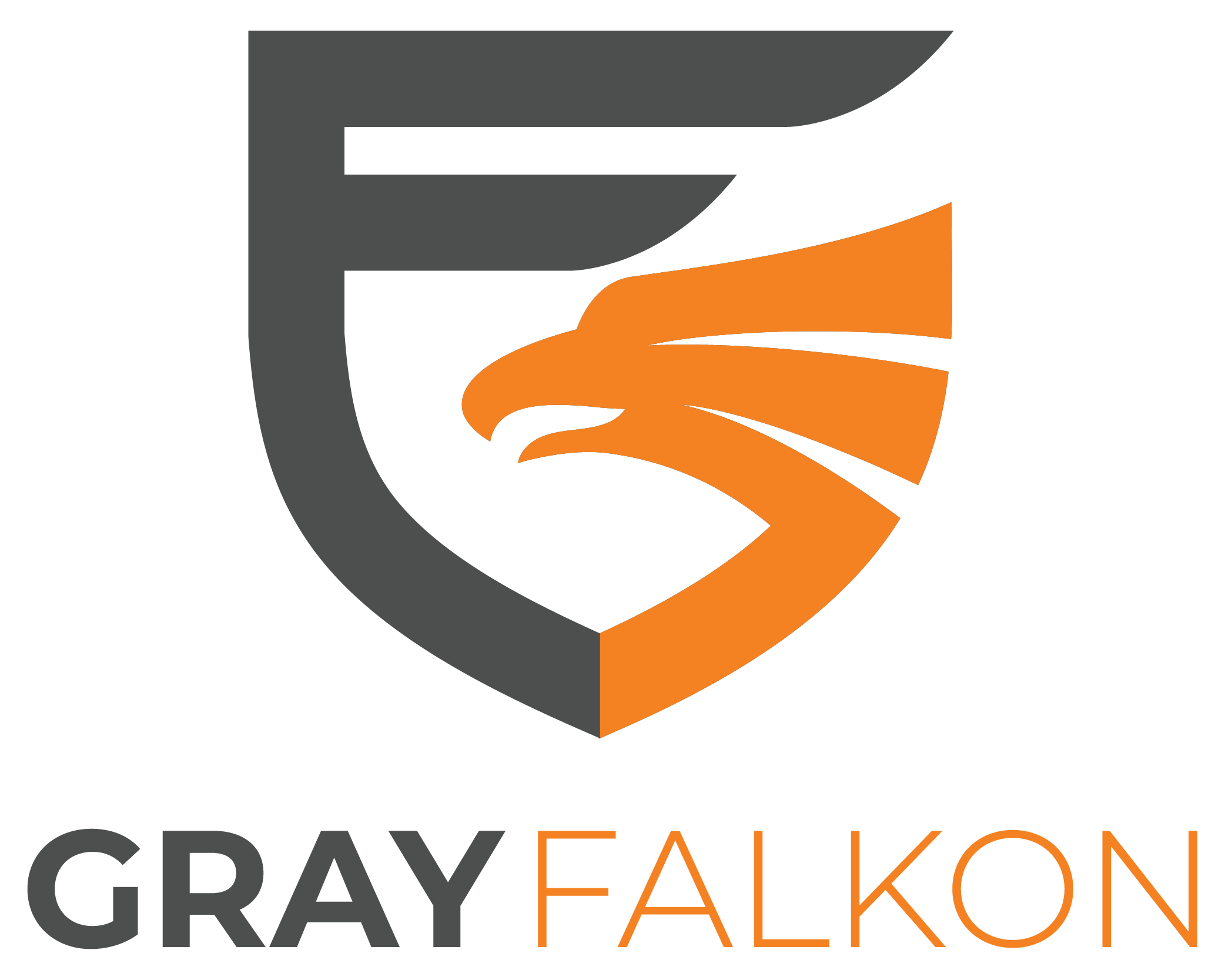
A successful eCommerce strategy goes beyond marketing, pricing, and fulfillment, it also requires strong brand protection. Without a proactive approach to safeguarding their marketplace presence, brands risk counterfeit infiltration, unauthorized sellers disrupting pricing, and customer trust issues caused by inconsistent product experiences.
Selling on platforms like Amazon and Walmart comes with significant opportunities, but the open nature of these marketplaces also creates vulnerabilities. Unauthorized resellers, counterfeiters, and pricing manipulation can erode profit margins, damage brand reputation, and make it difficult to maintain control over product listings. A strong brand protection strategy ensures that brands maintain marketplace integrity, enforce pricing consistency, and deliver a trustworthy shopping experience to customers.
The Core Elements of a Successful eCommerce Strategy
A strong eCommerce strategy sets the foundation for long-term success, but it’s not just about marketing, pricing, and fulfillment. Without a clear brand protection plan, even the best-selling products can lose market share to counterfeiters and unauthorized sellers.
Sales Channel Optimization and Brand Control
Selling on Amazon, Walmart, and other marketplaces offers massive reach, but these platforms also expose brands to unauthorized resellers, price erosion, and the gray market. Without strict enforcement, third-party sellers can list products without approval, leading to pricing inconsistencies, customer confusion, and lost revenue.
Some brands use intensive distribution models, allowing multiple sellers to offer their products, however, this increases the risk of unauthorized resellers disrupting pricing and undercutting brand value. Others take a more controlled approach, enforcing strict seller policies to ensure pricing integrity and brand consistency. No matter the strategy, marketplace monitoring is essential to prevent bad actors from damaging your brand.
Pricing Management and Revenue Protection
In a competitive eCommerce landscape, pricing strategy plays a major role in profitability. If left unchecked, unauthorized sellers can drive down prices, forcing brands to compete in a race to the bottom. This leads to:
- Loss of control over pricing across platforms.
- Devaluation of premium brands due to excessive discounting.
- Tension with authorized sellers who follow brand pricing policies.
Without brand protection tools in place, brands risk constant price fluctuations that weaken customer trust and damage long-term sales.
Customer Trust and Brand Reputation
Consumers rely on consistent product quality, branding, and pricing when making a purchase. Counterfeits and unauthorized sellers disrupt this experience, leading to negative reviews, higher return rates, and loss of customer loyalty. If shoppers receive subpar products from an unauthorized source, they often associate that poor experience with the brand, regardless of who actually sold it.
Strong brand protection ensures customers receive authentic products at the intended price, reinforcing trust and long-term loyalty.
Why Brand Protection is Essential to a Strong eCommerce Strategy
While many brands focus on sales growth and marketplace expansion, neglecting brand protection can quickly undo that success. Without proactive enforcement, unauthorized sellers, price manipulation, and counterfeits will undermine revenue, erode customer trust, and create ongoing operational challenges.
The Risks of Ignoring Brand Protection in Your eCommerce Strategy
Brand protection isn’t just an optional layer of security, it’s a critical component of marketplace success. Brands that fail to actively monitor and enforce violations often experience significant financial and reputational damage, making it harder to sustain long-term growth.
Revenue Loss from Unauthorized Sellers
Marketplaces allow third-party sellers to list products with little oversight, making it easy for unauthorized resellers to undercut pricing and divert sales. These sellers may source products through:
- Liquidation channels that bypass authorized distribution.
- International markets where pricing and branding aren’t controlled.
- Unauthorized wholesale purchases that lead to inconsistent pricing.
When these sellers price products too low, brands are forced to compete against their own listings, losing profitability and control over their sales strategy.
Counterfeiting and Product Fraud
Counterfeit products don’t just hurt sales, they damage brand trust and reputation. Fake versions of a product often look nearly identical to the real thing, but they:
- Use inferior materials that lead to poor customer experiences.
- Increase return rates and negative reviews on marketplace listings.
- Erode customer loyalty, as buyers lose confidence in the brand.
Once a brand becomes a target for counterfeiters, removing them is an ongoing challenge. Proactive monitoring and quick enforcement are the only ways to keep counterfeiters from flooding marketplaces with fake listings.
Price Erosion and Long-Term Brand Devaluation
If unauthorized sellers continue to list products at discounted prices, the brand’s perceived value begins to decline. Customers expect consistent pricing, and when prices fluctuate too much, it weakens trust in the brand. Over time, this can:
- Train customers to wait for deep discounts instead of paying full price.
- Cause friction with legitimate sellers who follow brand pricing policies.
- Make it harder for the brand to compete in premium product categories.
Marketplace algorithms can also factor in pricing history, meaning that lower prices set by unauthorized sellers might influence future marketplace recommendations, leading to long-term price compression.
Customer Trust and Brand Reputation Damage
Every marketplace sale represents a customer’s experience with the brand. If buyers unknowingly purchase from an unauthorized seller or receive a counterfeit product, they often blame the brand for the poor experience.
Negative reviews, increased return rates, and poor product ratings all affect sales conversions, advertising effectiveness, and search rankings within marketplaces. If brand protection is not in place, customers may abandon the brand entirely, leading to:
- Loss of repeat buyers.
- Declining sales on direct channels.
- Brand perception issues that hurt long-term growth.
Ignoring brand protection allows marketplace threats to take control of pricing, customer experience, and product availability, leaving brands vulnerable to revenue loss and reputation damage.
How Brand Protection Strengthens Your eCommerce Strategy
A well-executed brand protection strategy doesn’t just defend against threats, it actively strengthens a brand’s eCommerce success. From preserving pricing integrity to maintaining customer trust, proactive brand protection ensures long-term marketplace stability.
Protecting Revenue Streams
Unauthorized sellers and bad actors don’t just take a small portion of sales, they divert revenue from legitimate channels and disrupt pricing models. By enforcing brand protection policies, brands can:
- Ensure only authorized sellers list their products, preventing price wars that cut into margins.
- Reduce lost revenue from unauthorized resellers, keeping profits within controlled distribution.
- Improve sales predictability by eliminating sellers who cause pricing instability.
When brands maintain control over their marketplace presence, they can focus on sustainable growth instead of constantly fighting for revenue recovery.
Preserving Customer Trust and Loyalty
Customer expectations are higher than ever, and one poor marketplace experience can permanently change how they view a brand. Strong brand protection helps ensure:
- Customers receive authentic products, not knockoffs that lead to complaints and refunds.
- Brand messaging remains consistent, preventing misinformation from unauthorized listings.
- Customer confidence stays high, increasing the likelihood of repeat purchases.
Shoppers trust brands that actively manage their marketplace presence, ensuring that their buying experience is reliable no matter where they shop.
Ensuring Pricing Consistency and Marketplace Control
Inconsistent pricing leads to brand erosion and conflict with authorized sellers. Without active brand protection, unauthorized sellers can drive prices down, disrupting marketplace sales and weakening the brand’s competitive position.
A strong enforcement strategy helps:
- Prevent price undercutting by removing unauthorized resellers.
- Maintain marketplace-wide price stability, reinforcing brand value.
- Keep pricing in line with direct sales channels, ensuring fair competition.
By protecting pricing structures, brands strengthen their relationships with marketplace platforms and enhance their positioning in search results and advertising rankings.
Creating a Sustainable Growth Plan
Marketplace expansion is a key part of many eCommerce strategies, but growth without brand protection leads to problems scaling successfully. By integrating enforcement into their business model, brands can:
- Expand into new sales channels with confidence, knowing they can prevent unauthorized activity.
- Safeguard marketing investments, ensuring ads and promotional efforts aren’t wasted due to bad actor interference.
- Future-proof their brand against evolving threats, keeping ahead of bad actors looking to exploit marketplace loopholes.
A strong eCommerce strategy includes brand protection as a foundation for sustainable, long-term success.
How Gray Falkon Integrates Brand Protection into Your eCommerce Strategy
A successful eCommerce strategy isn’t just about increasing sales, it’s about maintaining control over your brand’s presence, pricing, and reputation. Gray Falkon helps brands seamlessly integrate proactive brand protection into their marketplace strategy, ensuring they eliminate threats, protect revenue, and maintain customer trust across major eCommerce platforms like Amazon and Walmart.
AI-Powered Monitoring for Marketplaces
Manual brand protection efforts can’t keep up with the sheer volume of marketplace activity. Gray Falkon’s AI-driven monitoring technology continuously scans Amazon, Walmart, and other platforms to detect unauthorized sellers and gray market activity in real-time. By identifying threats early, brands can prevent long-term revenue loss and ensure a controlled, competitive marketplace presence.
Automation-Driven Violation Reporting
Detecting violations is only part of the equation, effective brand protection requires fast, efficient enforcement. Gray Falkon automates the process of preparing and submitting structured, marketplace-compliant violation reports, ensuring that counterfeit listings and unauthorized sellers are reported to marketplaces to take the necessary action. By eliminating the need for manual marketplace reporting, brands can focus on growth while maintaining marketplace integrity.
Cross-Platform Brand Protection
Many marketplace threats aren’t limited to a single platform, unauthorized sellers often move between Amazon, Walmart, and other marketplaces to avoid enforcement. Gray Falkon ensures that brand protection strategies apply consistently across all sales channels, preventing bad actors from simply shifting their activity elsewhere. This cross-platform approach helps brands maintain pricing control, brand consistency, and customer trust, no matter where they sell.
Scalable Protection for Long-Term eCommerce Success
Brand protection isn’t just about removing immediate threats, it’s about building a long-term strategy that safeguards future growth. Gray Falkon provides a scalable brand protection solution that grows with a business, ensuring that as brands expand, their marketplace integrity remains strong.
By integrating AI-driven monitoring, automated enforcement, and multi-platform brand protection, Gray Falkon gives brands the tools they need to stay ahead of unauthorized sellers and listings, ensuring that their eCommerce strategy remains strong and sustainable.
Make Brand Protection a Core Part of Your eCommerce Strategy
A strong eCommerce strategy isn’t just about growing sales, it’s about protecting your brand’s reputation, revenue, and long-term success. Without a structured brand protection plan, unauthorized sellers can quickly undermine even the best-planned marketplace strategy.
Gray Falkon makes brand protection simple by providing AI-driven monitoring, automated violation reporting, and cross-platform brand protection. With a proactive enforcement strategy, brands can focus on growth, knowing that their marketplace presence is secure.
Schedule a demo today to safeguard your eCommerce success and take control of your brand’s future.



